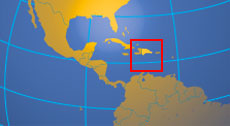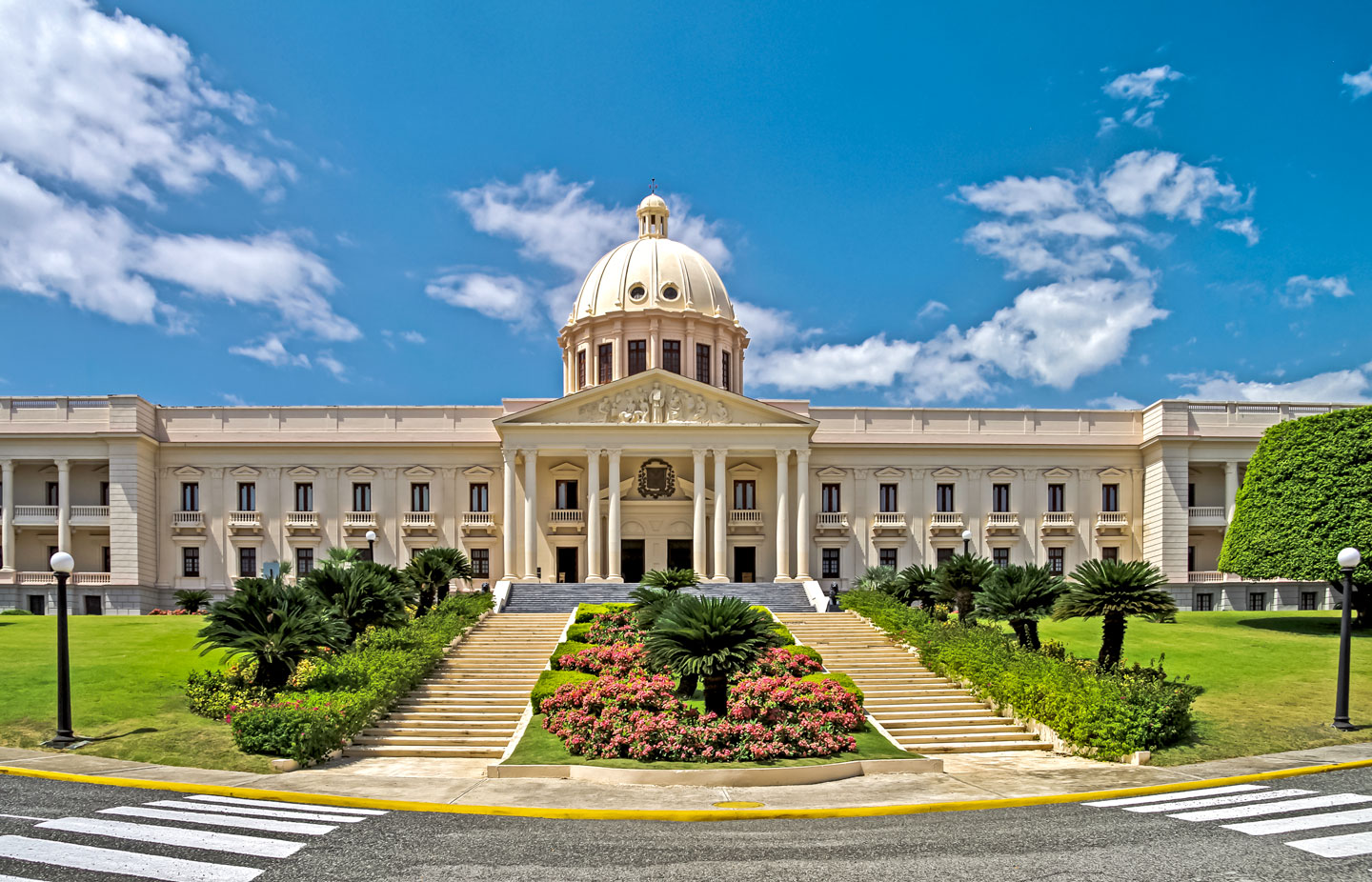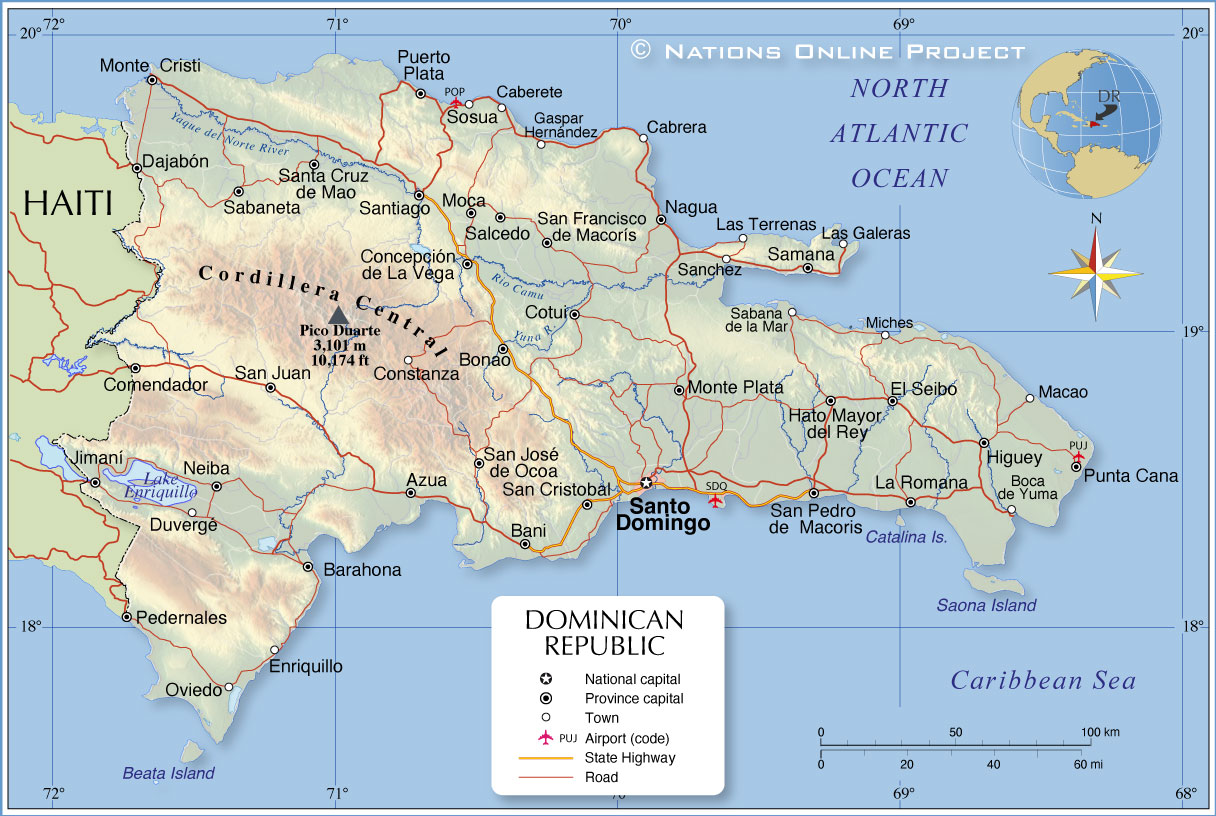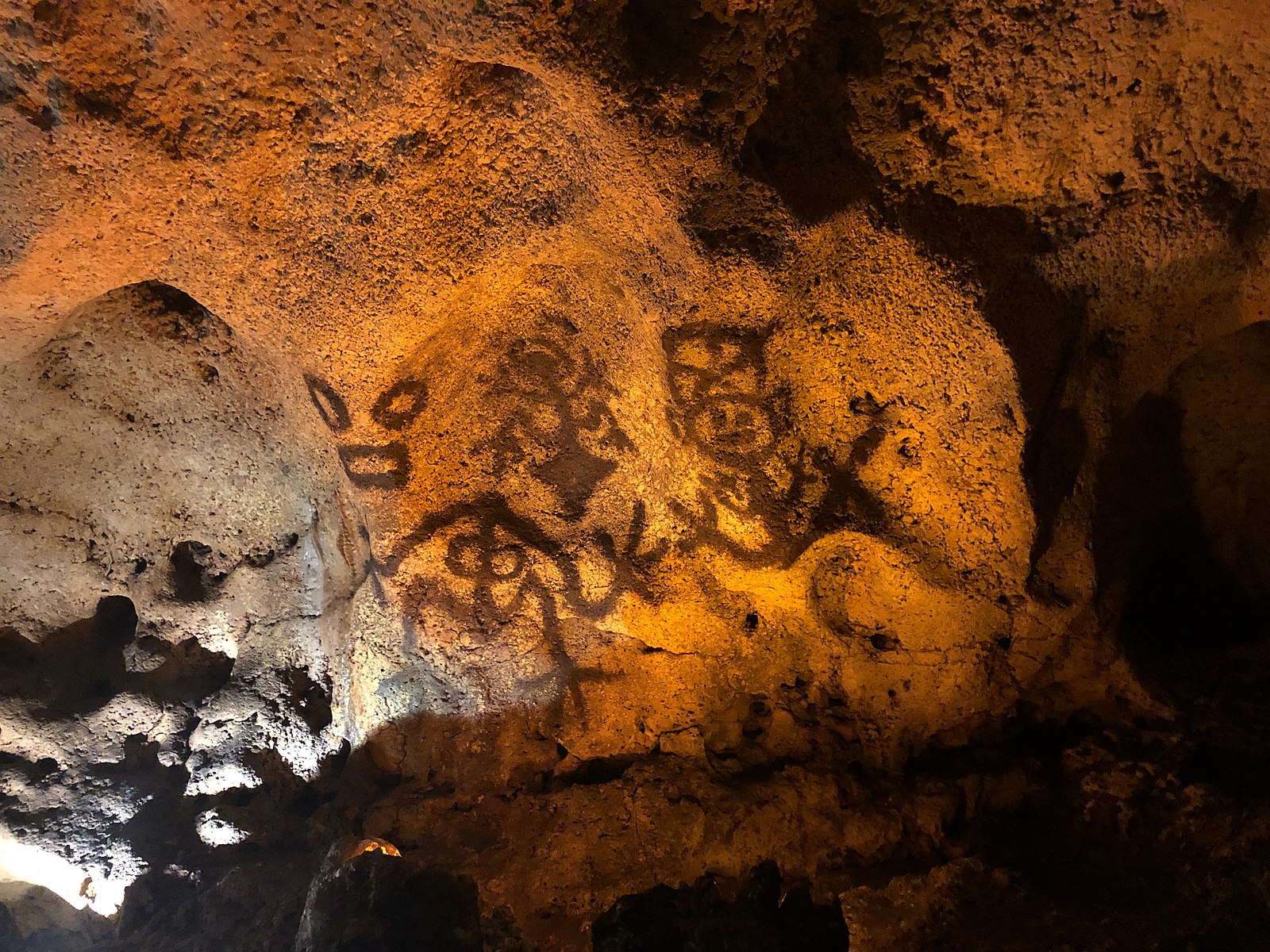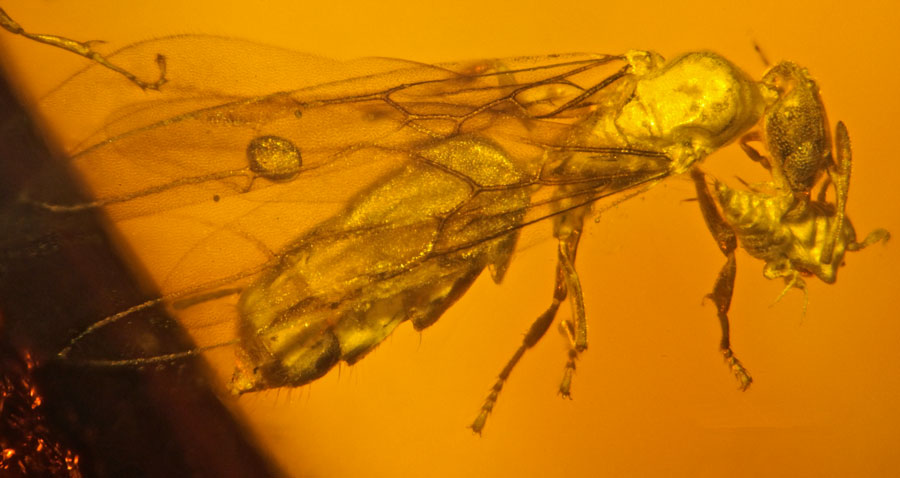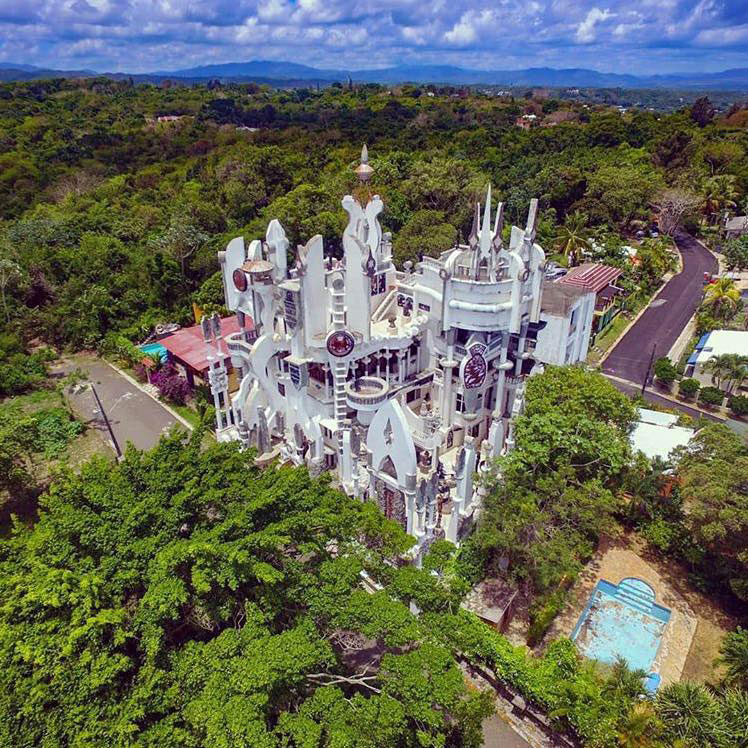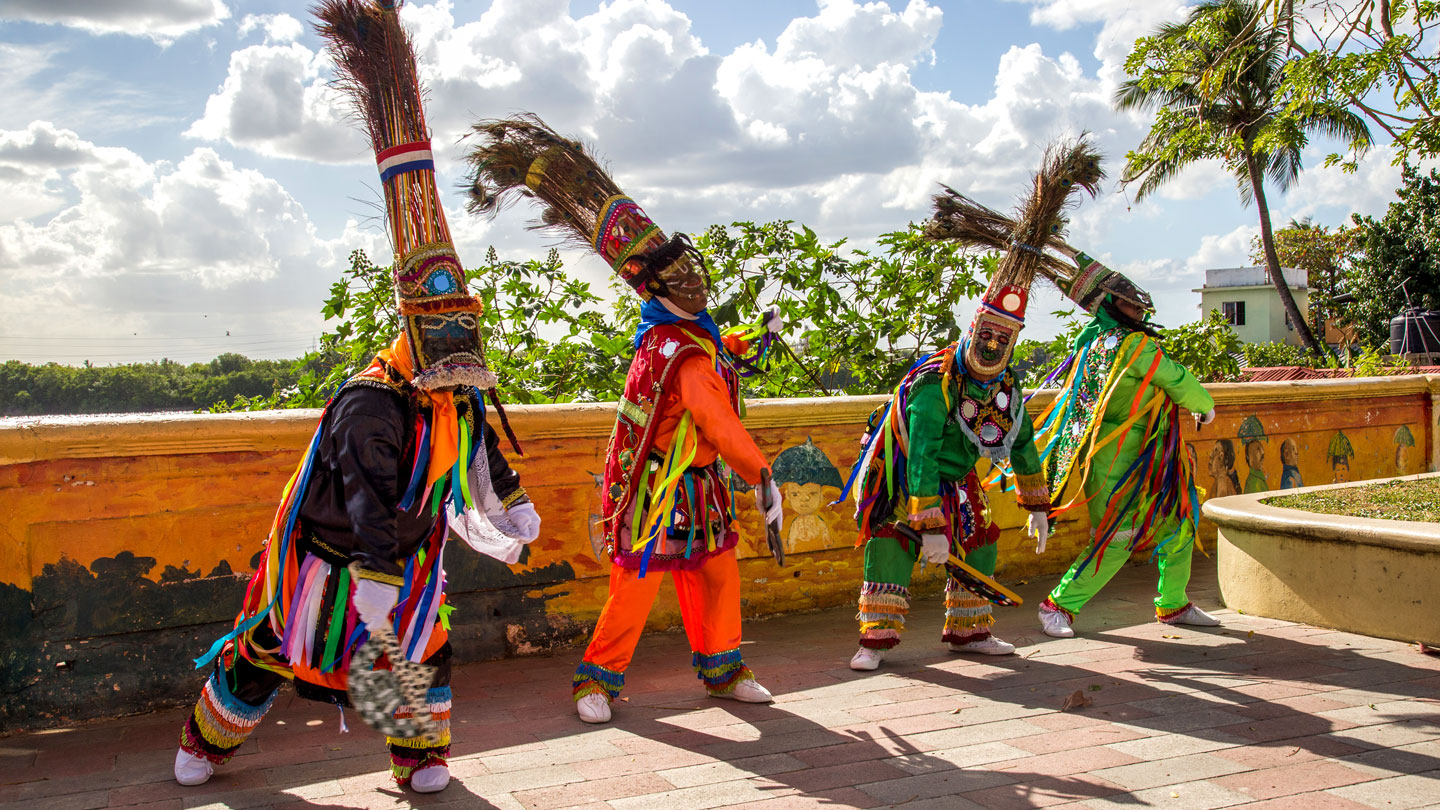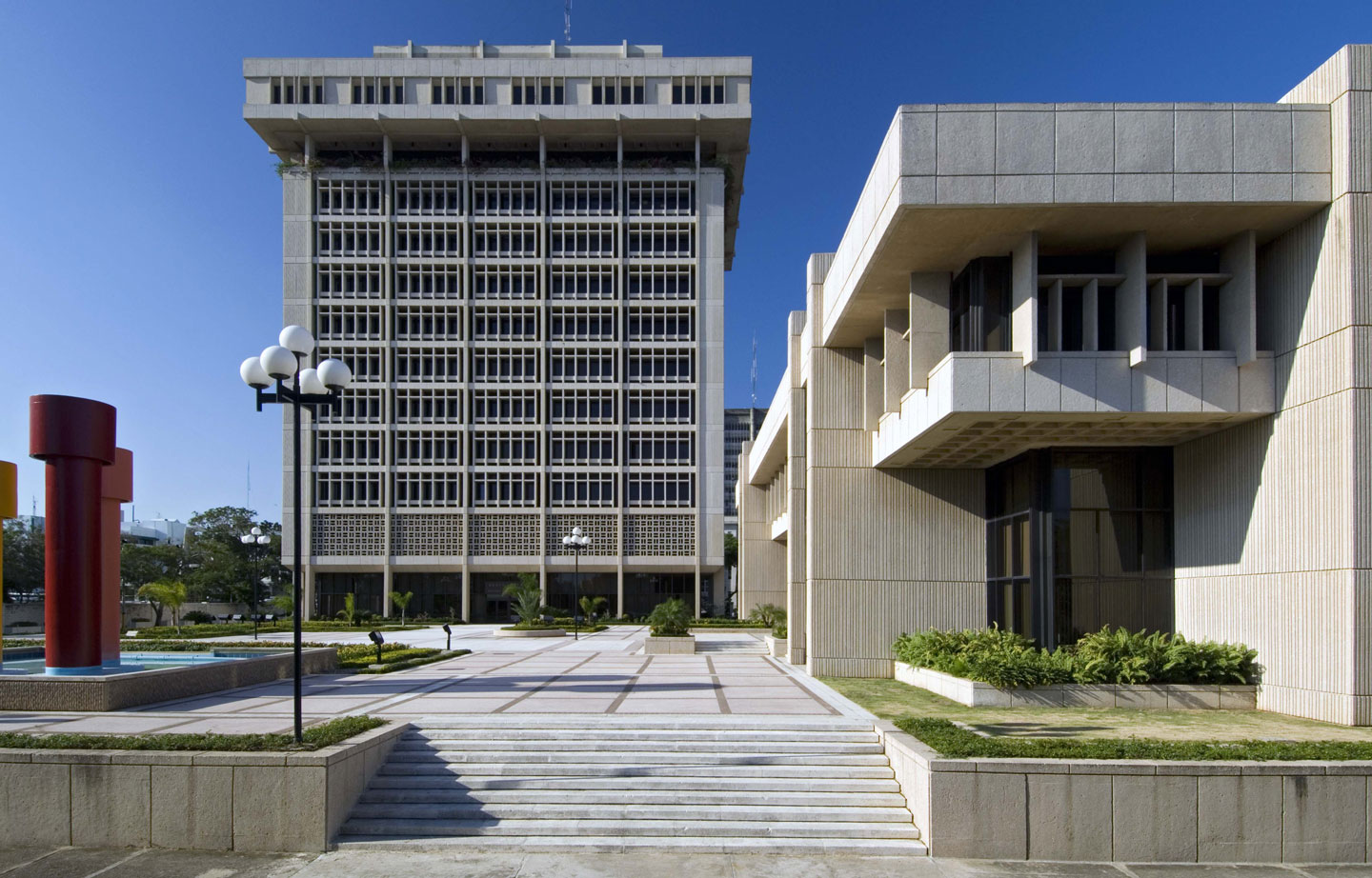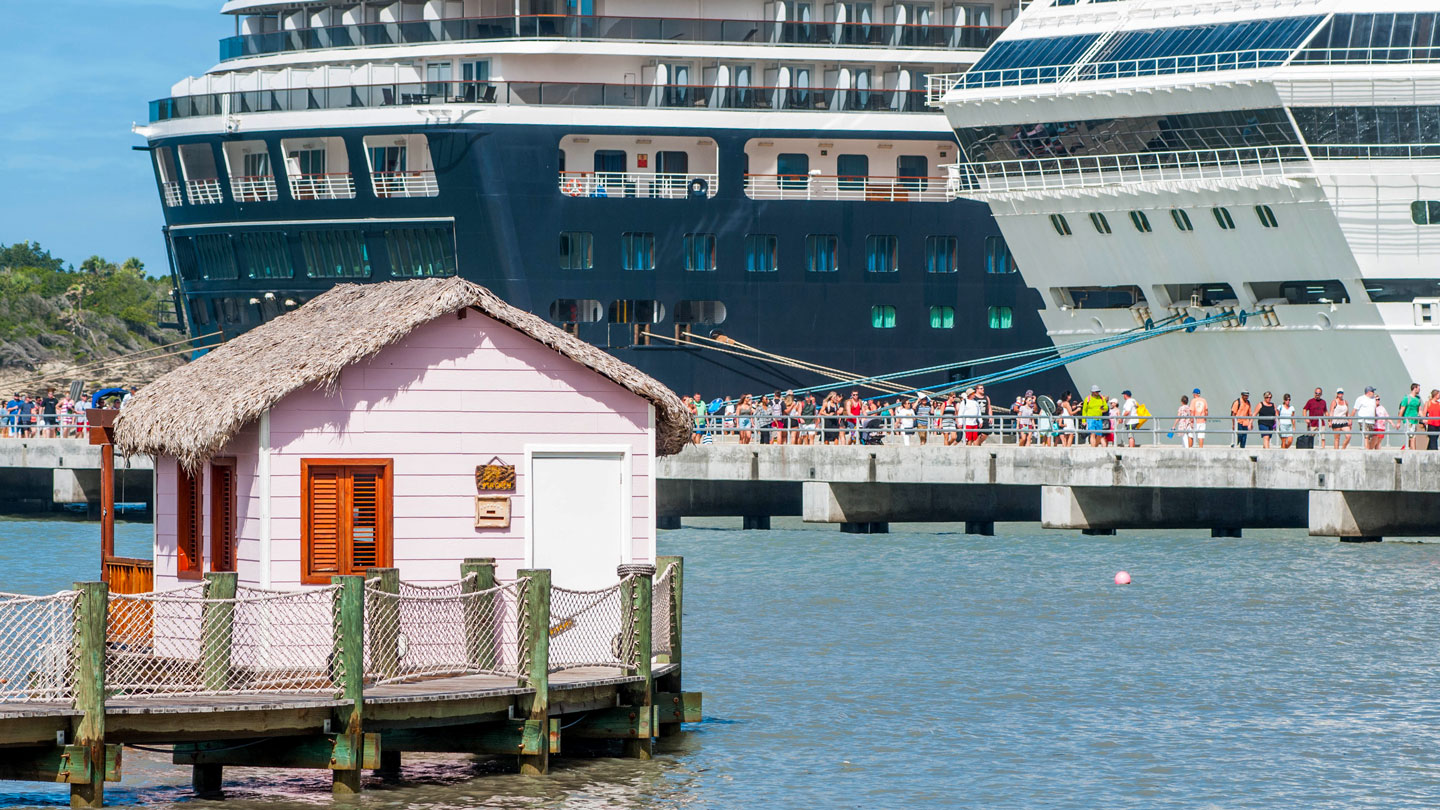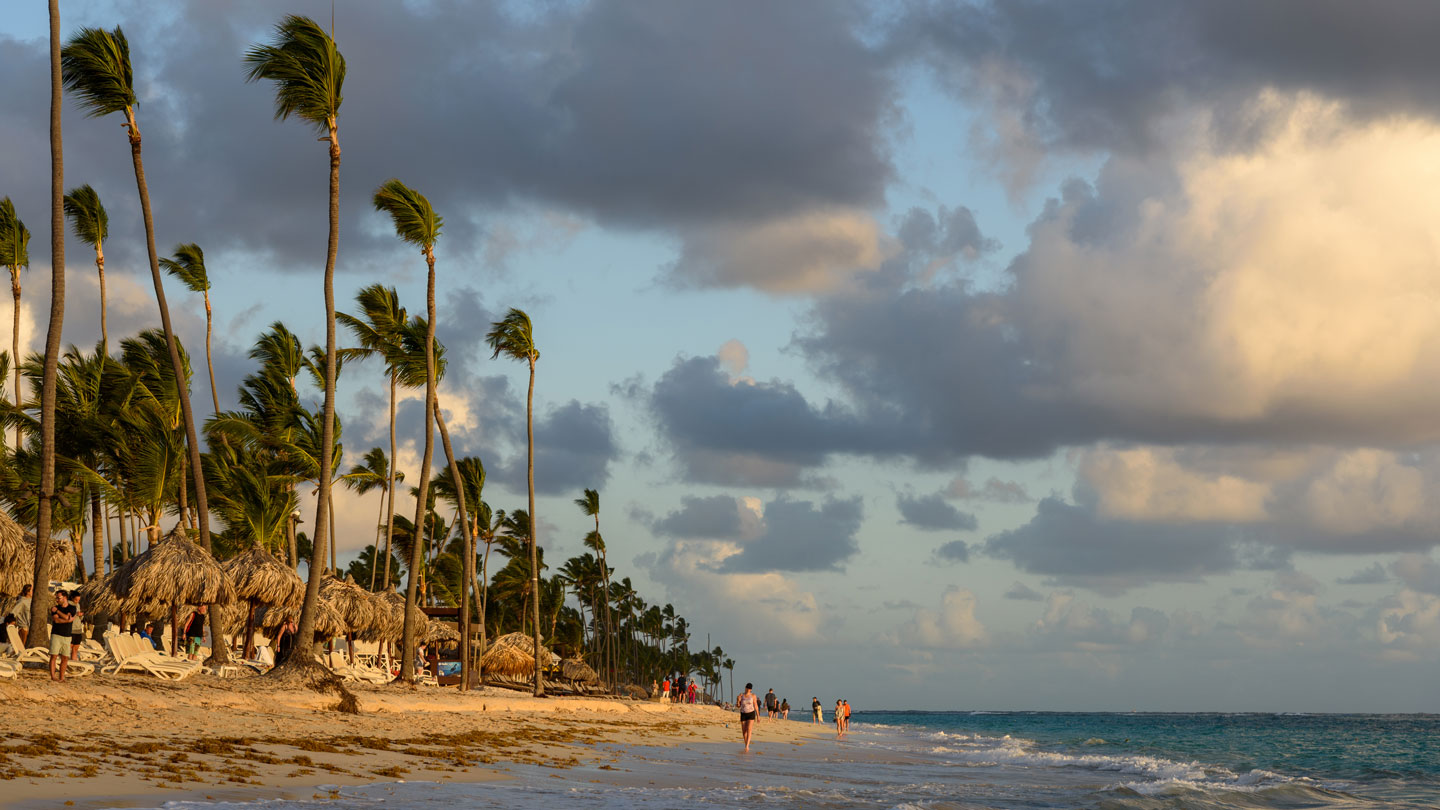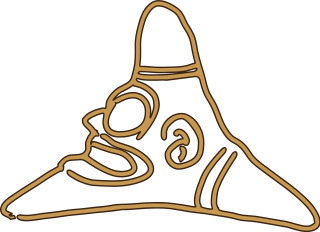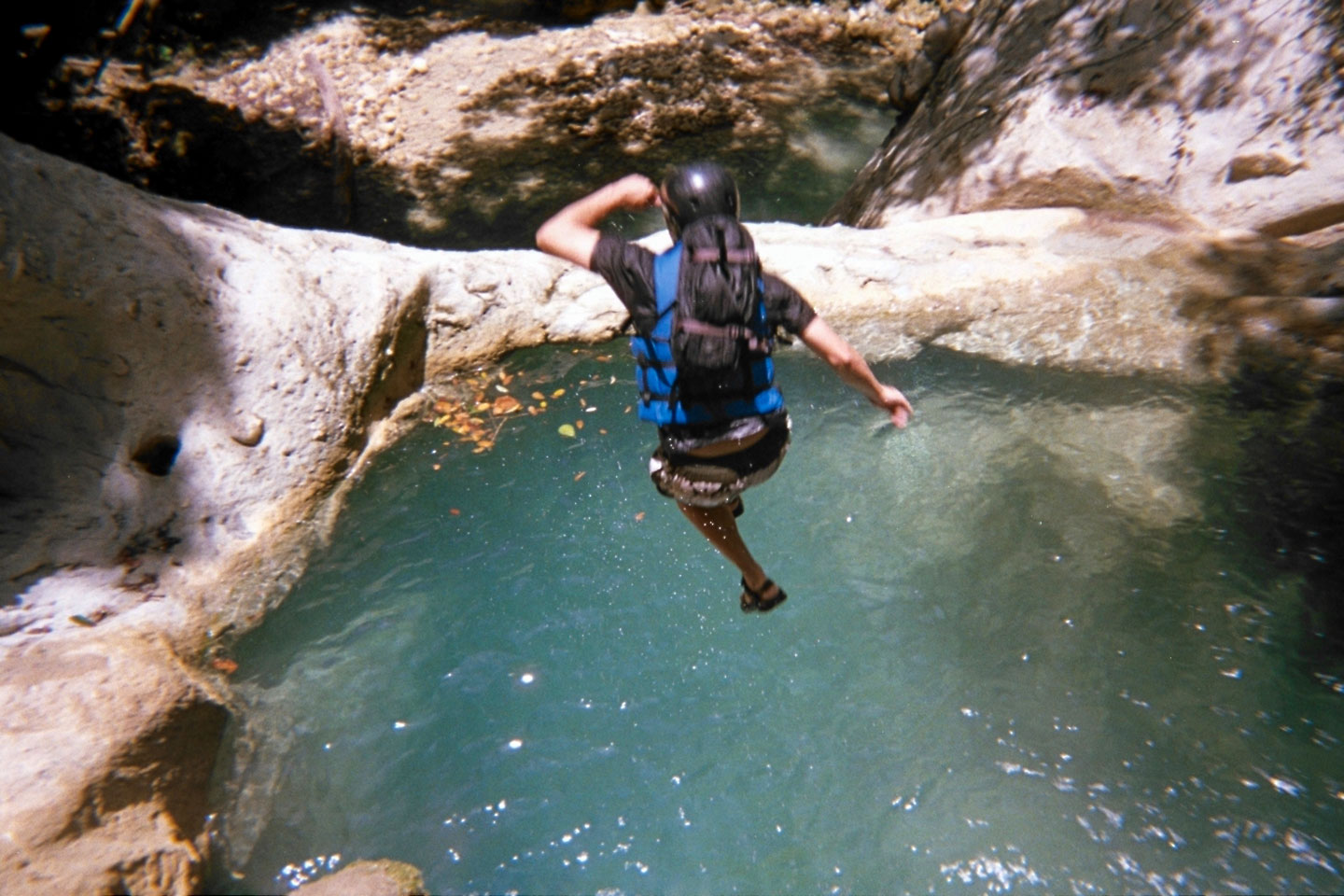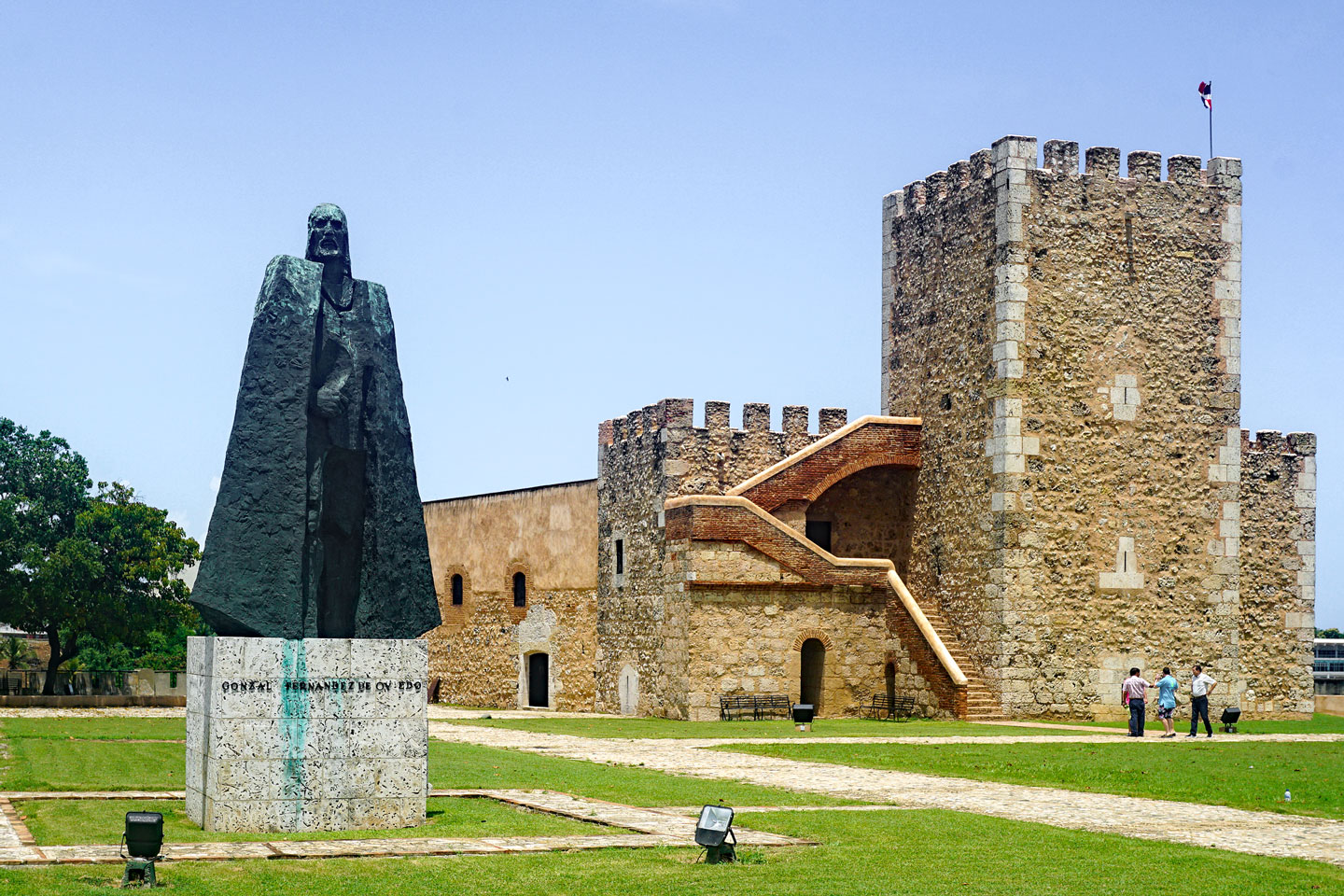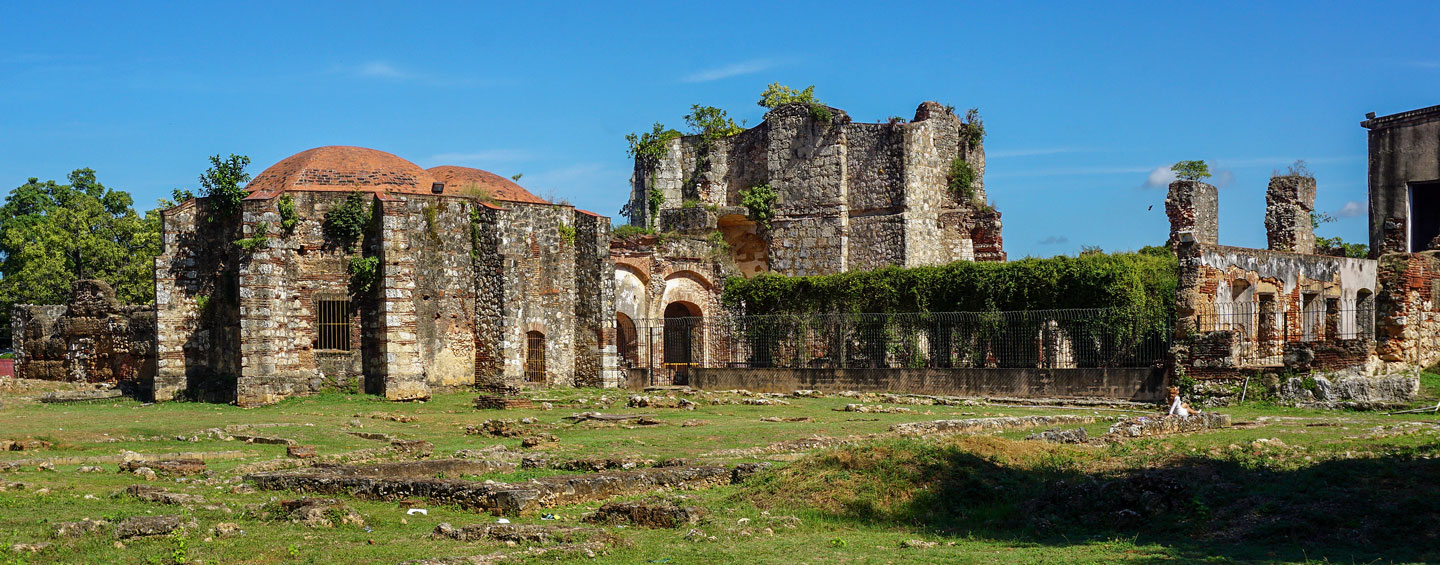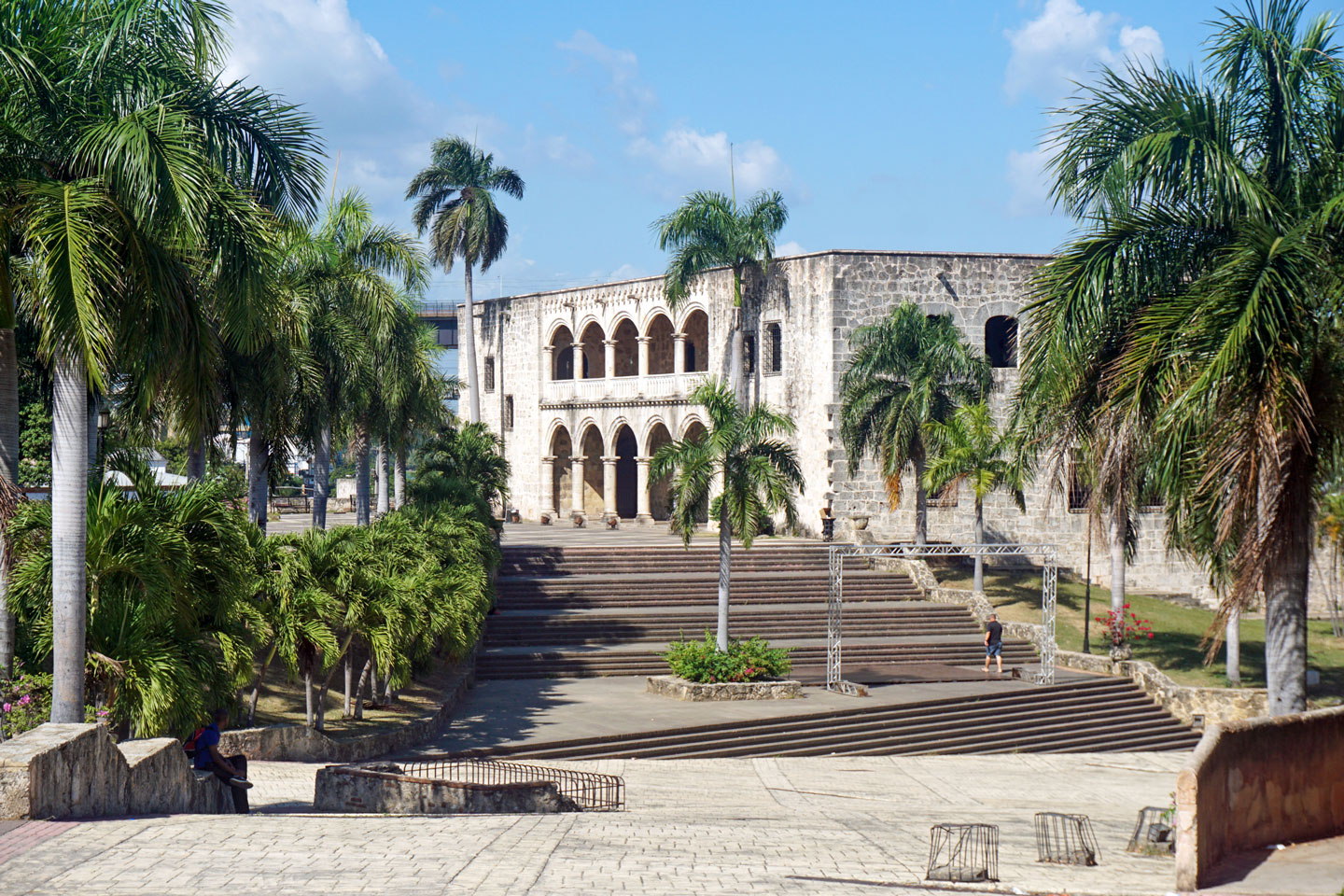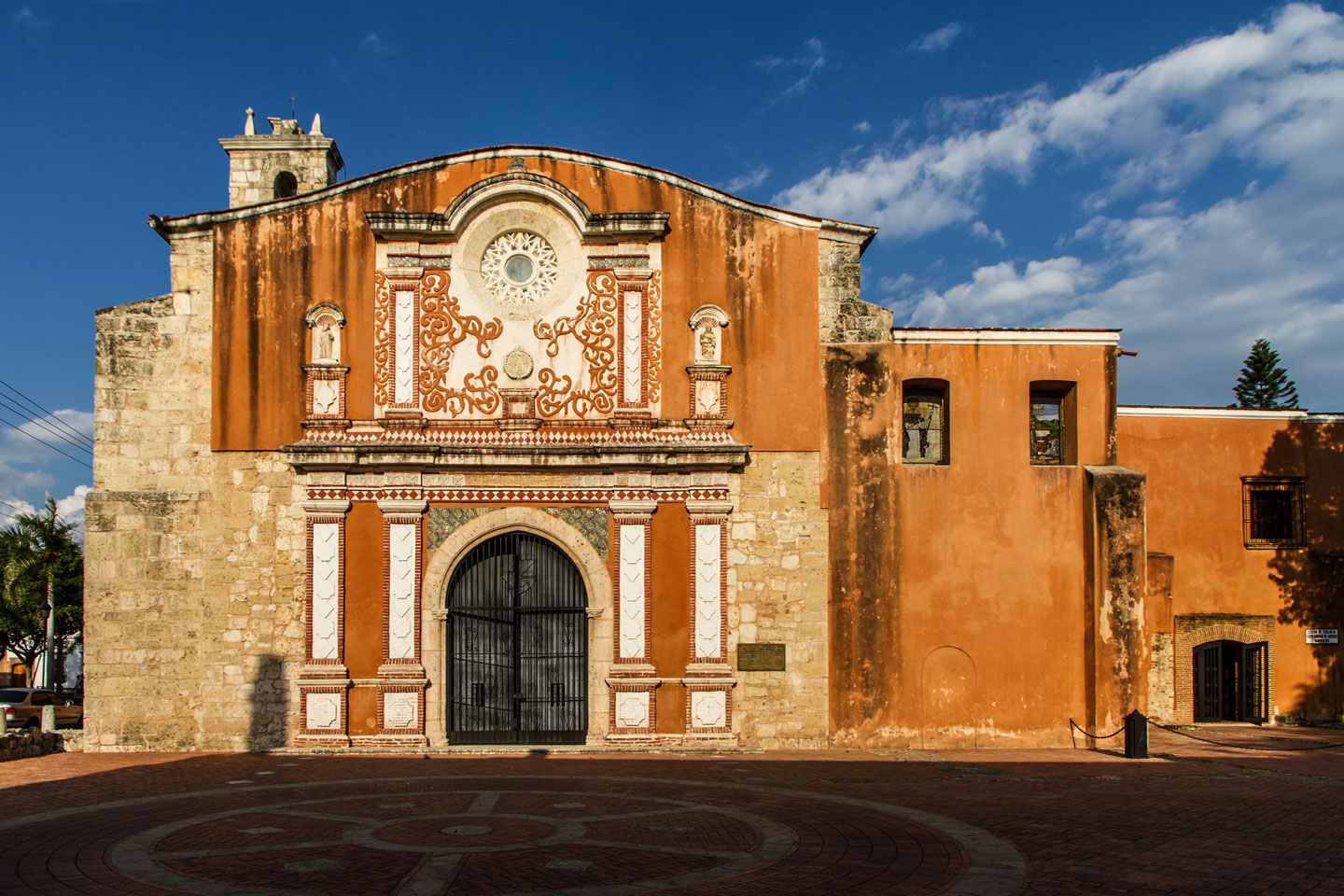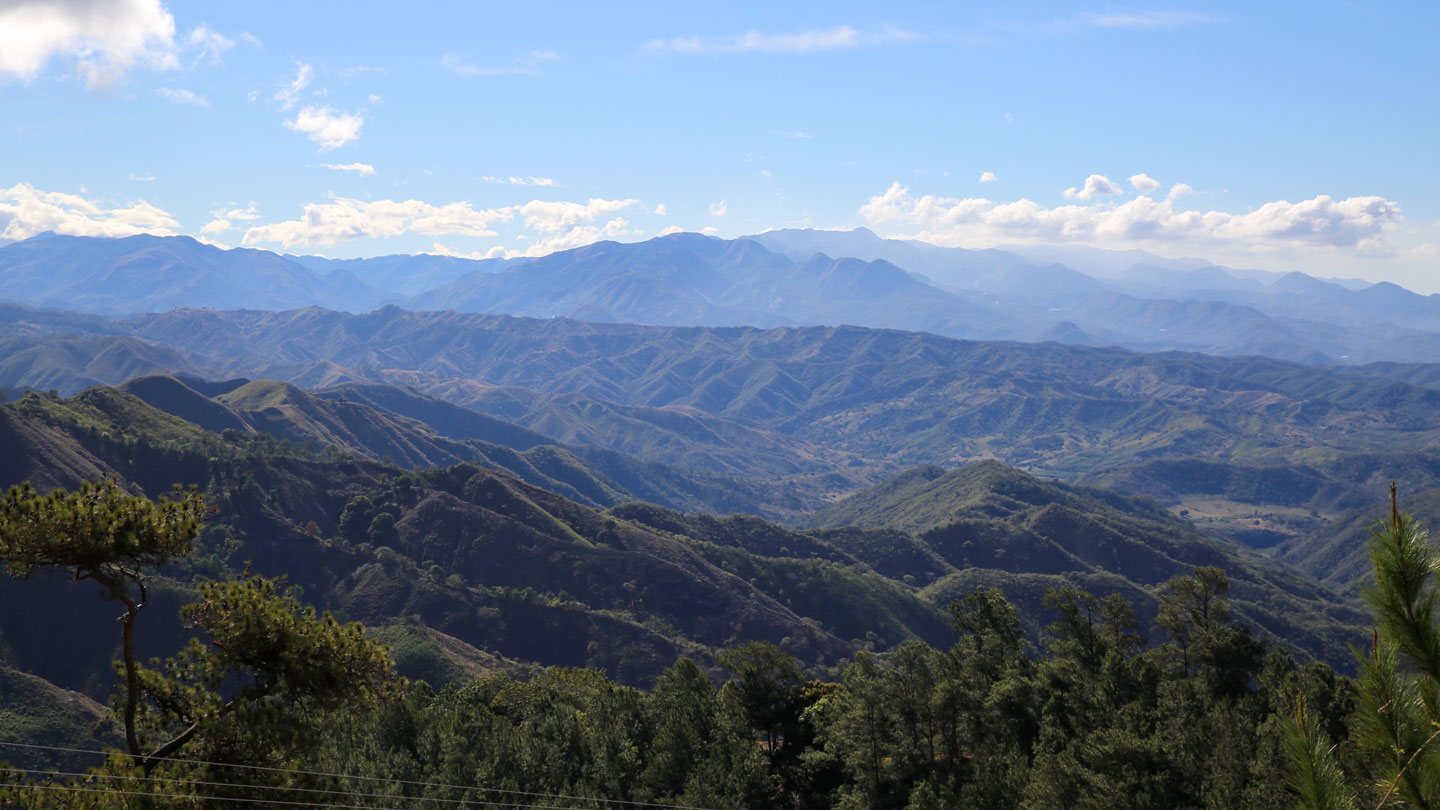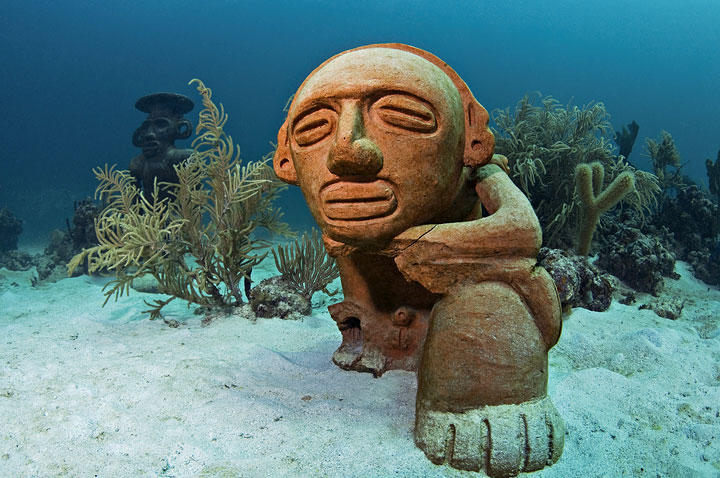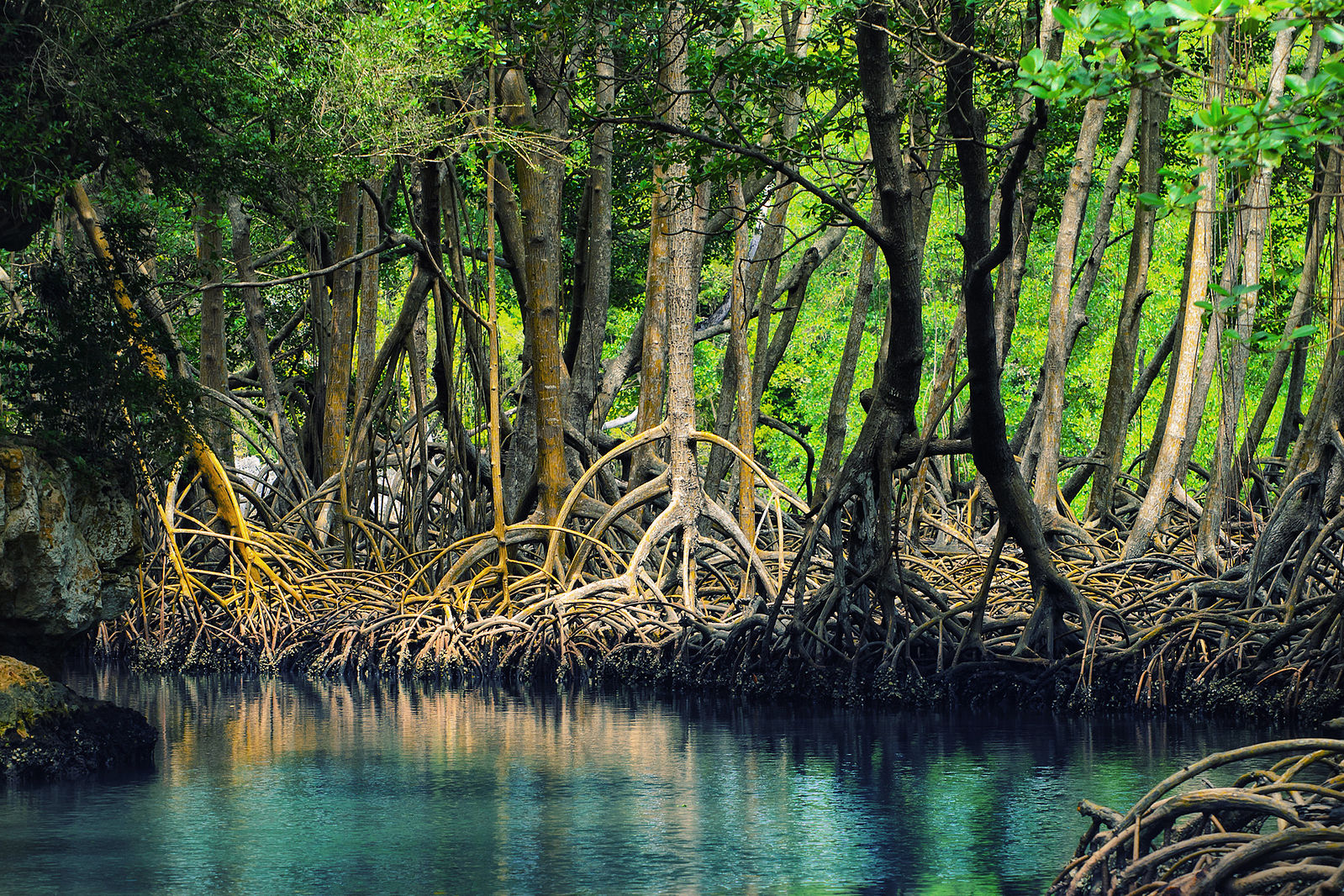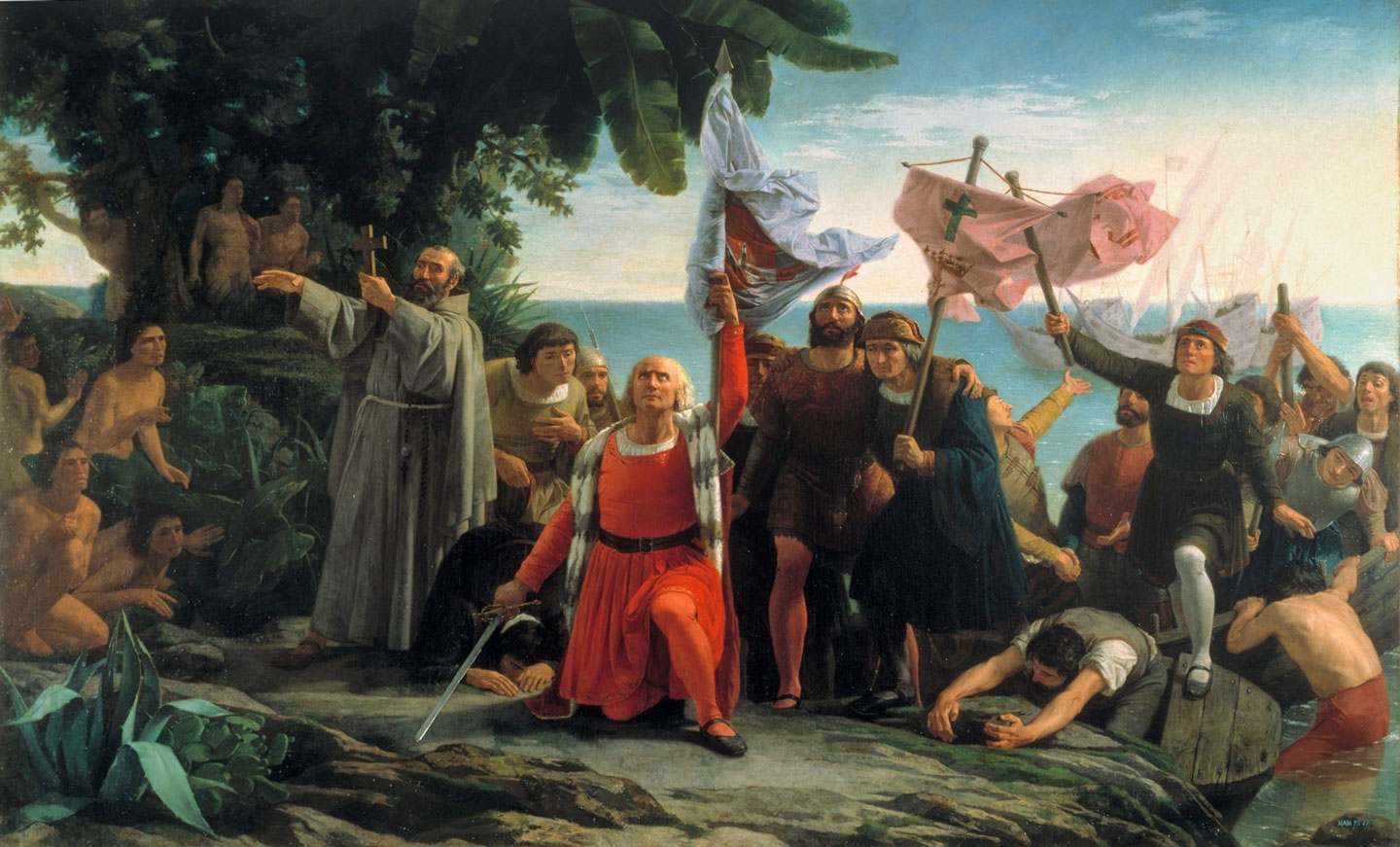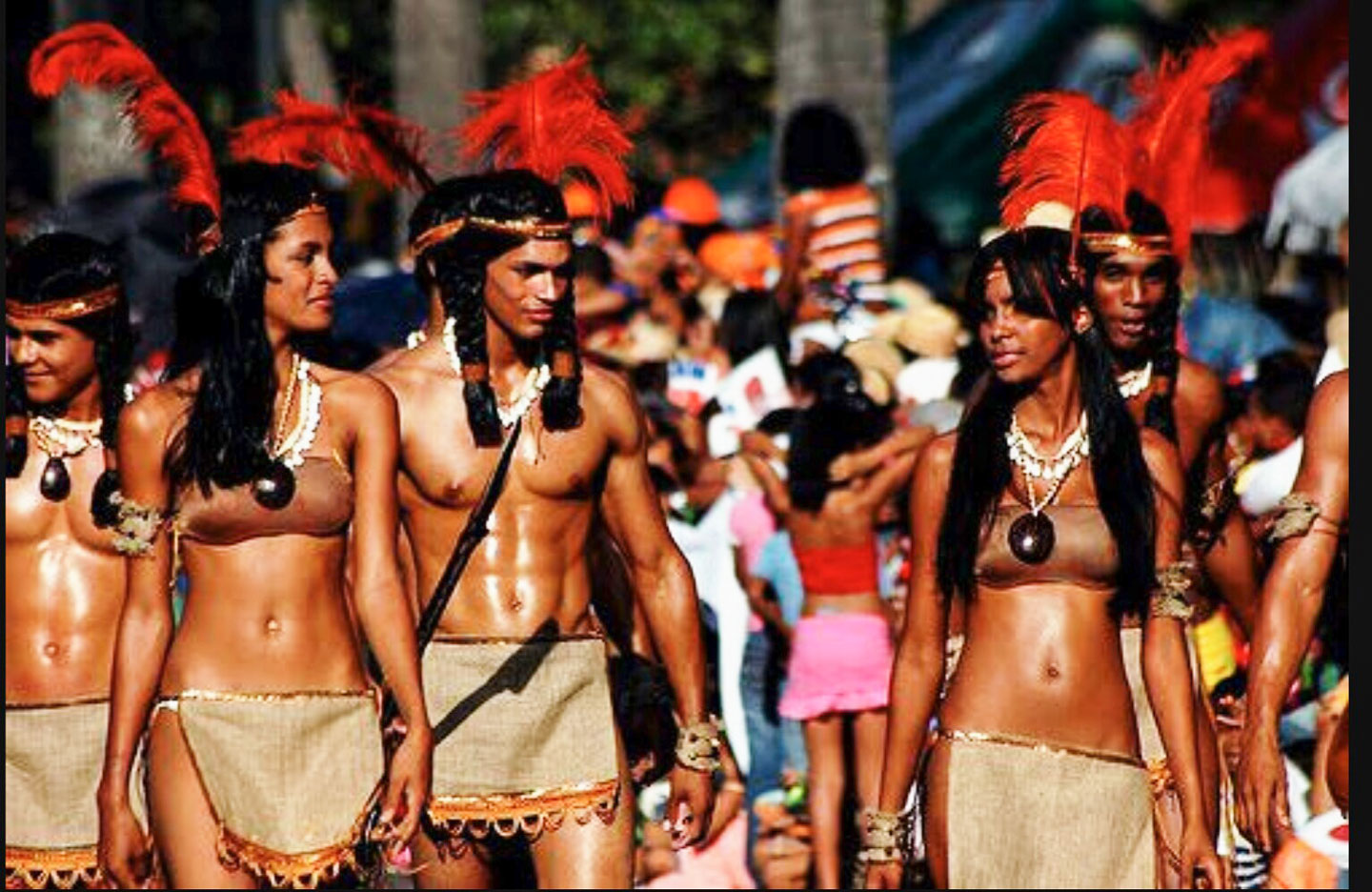What is the Dominican Republic known for?
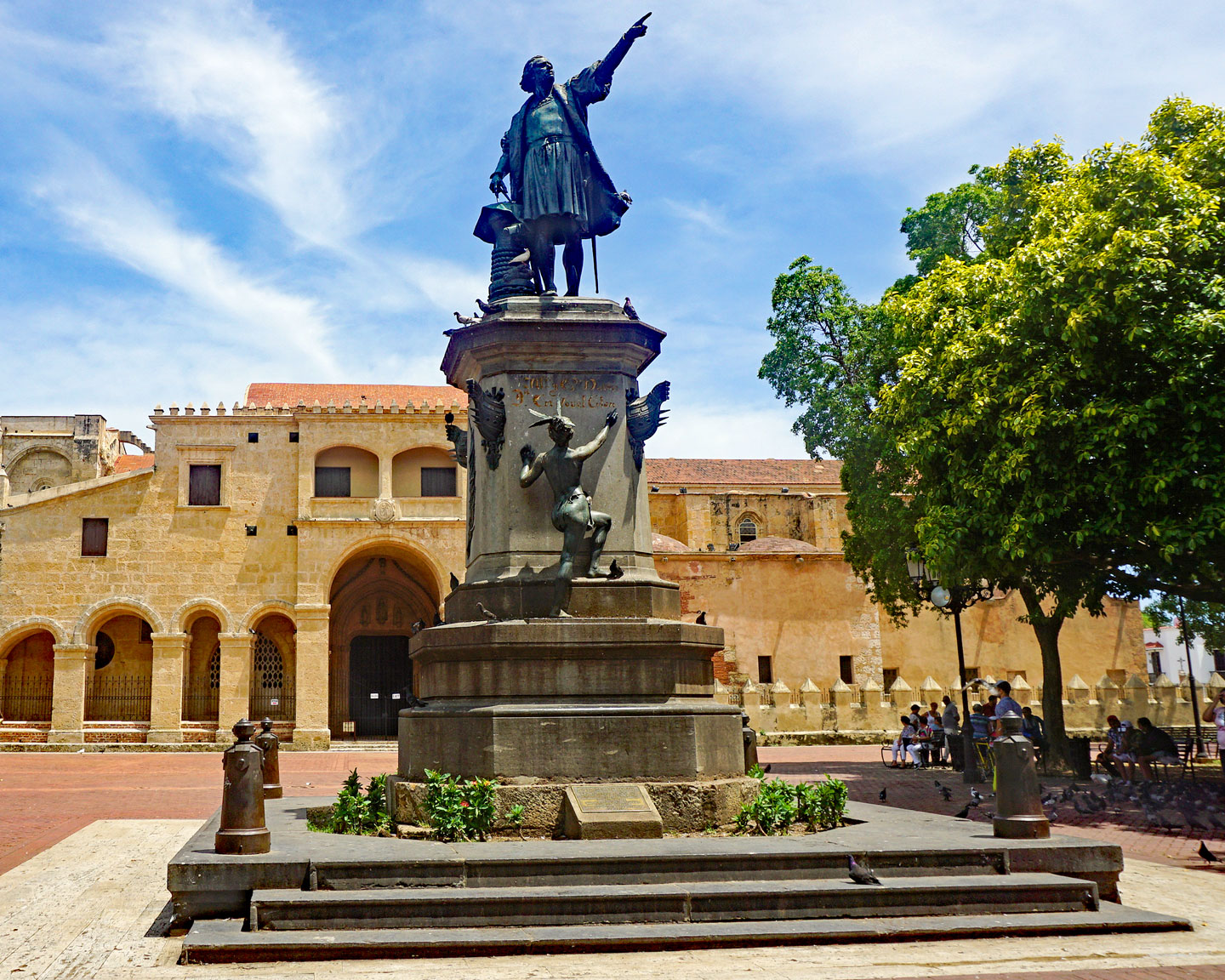 Parque Colon, or Columbus Park, is the central square of the Ciudad Colonial historic district of Santo Domingo. In its center stands a statue of Christopher Columbus, in whose honor the square was renamed in 1887. In the background is the north facade of the Catedral Santa María La Menor.
Image: Mario Duran-Ortiz
The Dominican Republic is famous for
The highest peak in the Caribbean
Parque Colon, or Columbus Park, is the central square of the Ciudad Colonial historic district of Santo Domingo. In its center stands a statue of Christopher Columbus, in whose honor the square was renamed in 1887. In the background is the north facade of the Catedral Santa María La Menor.
Image: Mario Duran-Ortiz
The Dominican Republic is famous for
The highest peak in the Caribbean
At 3,098 meters,
Pico Duarte is the highest peak in the Caribbean. The mountain is located in the
Cordillera Central, the mountain range that dominates the center of the Dominican Republic. Within the mountain range is the José Armando Bermúdez National Park.
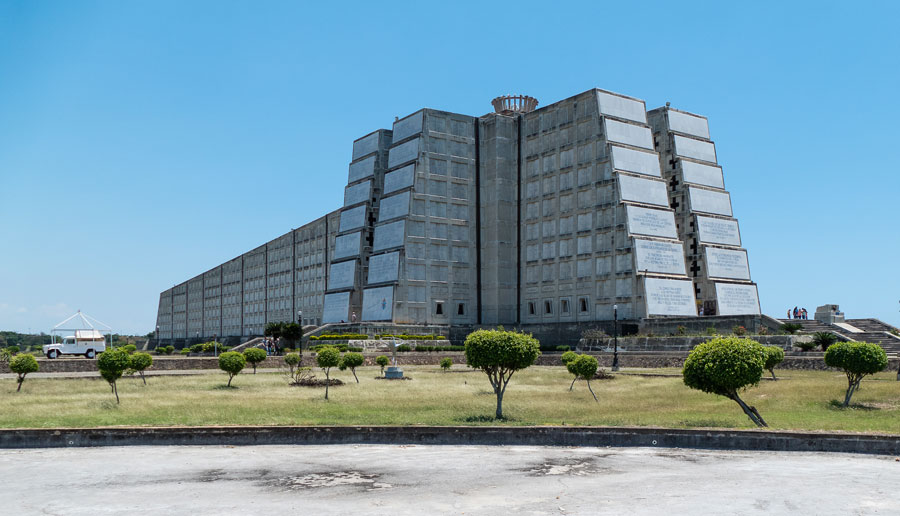 The Faro a Colón (Columbus Lighthouse) in Santo Domingo is a 210 m long and 59 m wide mausoleum monument honoring Christopher Columbus. The monument was inaugurated in 1992, just in time for the 500th anniversary of Columbus' first voyage.
Image: Epizentrum
The Faro a Colón (Columbus Lighthouse) in Santo Domingo is a 210 m long and 59 m wide mausoleum monument honoring Christopher Columbus. The monument was inaugurated in 1992, just in time for the 500th anniversary of Columbus' first voyage.
Image: Epizentrum
The Columbus Lighthouse, commonly known as Faro Colón, is a monument and museum in Santo Domingo, built in honor of Christopher Columbus, the 'discoverer' of the New World.
Santo Domingo – The First City of the New World
Santo Domingo is the capital of the Dominican Republic. With more than 3 million people living in its metropolitan area, it is also the largest city in the West Indies. And -- Santo Domingo is the oldest city built by Europeans in the New World.
Humpback whales
Samaná Bay is one of the best places to observe humpback whales in their winter breeding grounds every year between mid-January and mid-March.
Rum
Since colonization, rum has played a major role in the Dominican Republic. Large sugar cane plantations in the north and the tropical climate create ideal conditions for sugar cane cultivation.
The largest rum-producing brands in the country, Brugal, Barceló and Bermúdez, are collectively known as the
Three B's.
Other brand names are Matusalem, Cubaney, Quorhum, Opthimus and Atlantico Rum.
Cocoa
The Dominican Republic is in the world's top ten of cocoa-producing countries and a major source of organic beans. According to the International Cocoa Organization, the country is also an important source of
fine cocoa; about 60% of its exports supply these premium markets. The largest organic cocoa bean suppliers to the EU in 2020 were the Dominican Republic,
Sierra Leone and
Peru.
[ICCO]
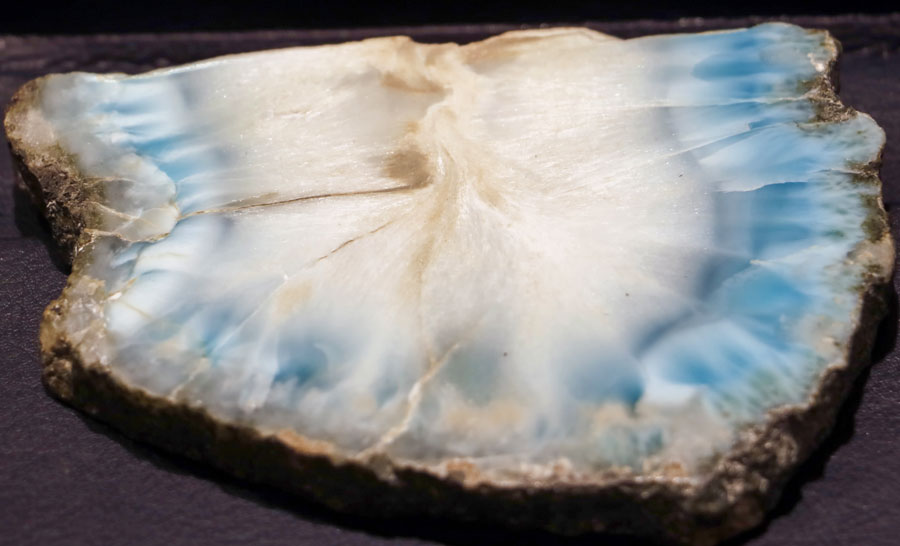 Larimar is the trade name for a rare blue variety of the silicate mineral pectolite, a gemstone found only in the Dominican Republic.
Image: greyloch
Larimar is the trade name for a rare blue variety of the silicate mineral pectolite, a gemstone found only in the Dominican Republic.
Image: greyloch
Larimar is the trade name of a blue gemstone variety of pectolite, a mineral found only in the Dominican Republic. Its coloration varies from white to dark blue over different shades of blue.
Dominican amber
Dominican amber is found almost exclusively in the territory of the Dominican Republic. Among the world's amber deposits, Dominican amber is second only to Baltic amber in terms of its richness in fossil inclusions.
Blue amber is a rare variety of amber resin with blue coloring and is most commonly found in the Dominican Republic.
It is forbidden to bring amber out of the country without permission from the authorities, but this is not taken so seriously.
Merenge
Merengue is a rhythmic Latin American music and dance that originated in the Dominican Republic. Merengue is strongly influenced by Venezuelan and Afro-Cuban musical styles.
Baseball
Baseball is by far the most popular sport in the Dominican Republic. Baseball was introduced in the late 19th century in the city of San Pedro de Macorís by Cuban immigrants. After the United States, the Dominican Republic has the second-highest number of active baseball players in Major League Baseball (MLB, the professional baseball league in Canada and the United States).
[WP]


